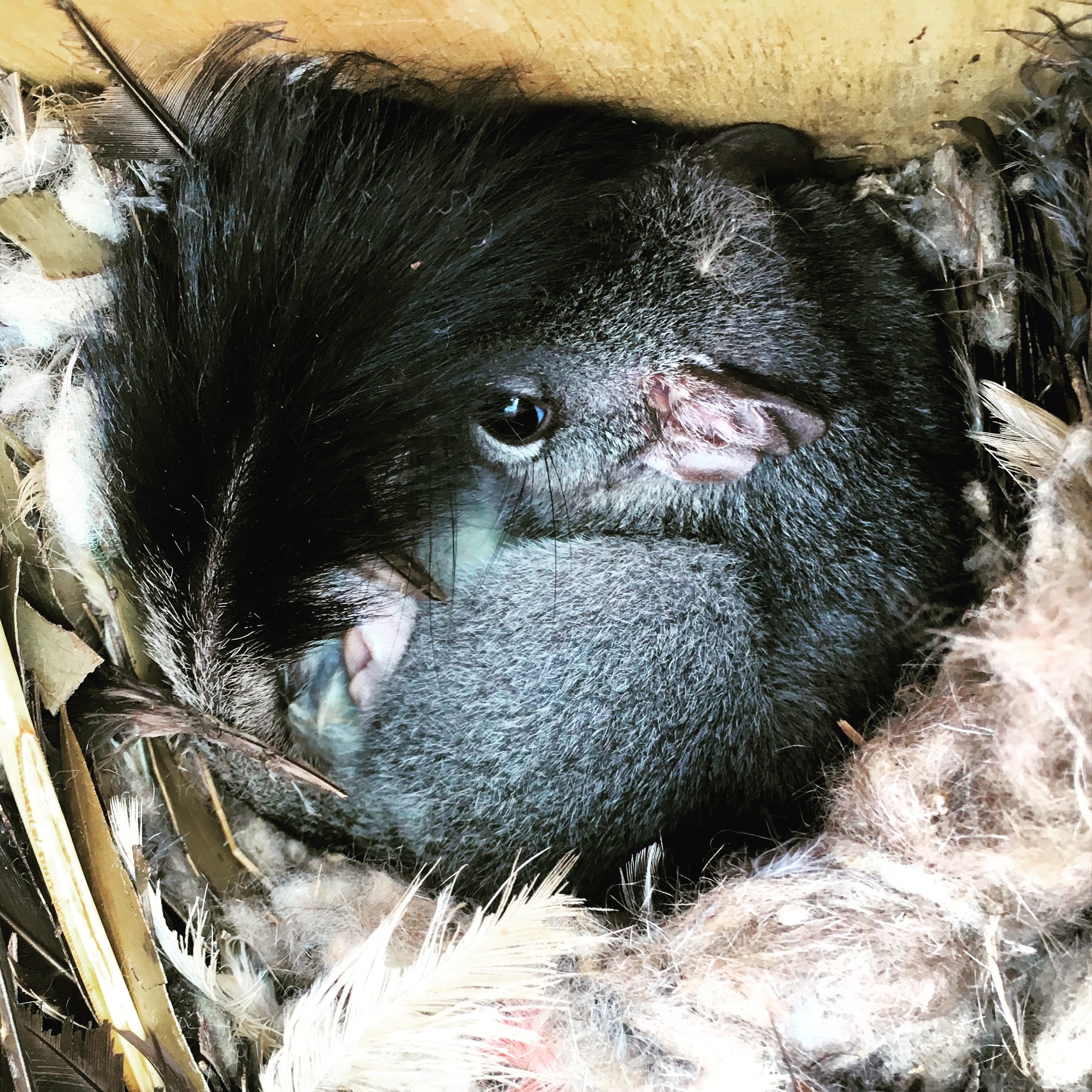Renovation rescue: nestboxes for Brush-tailed Phascogales
Posted on 22 May, 2019 by Ivan
Brush-tailed Phascogales (also known as Tuan) were once widespread across Victoria. Unfortunately habitat destruction and introduced predators mean their range is now severely reduced and fragmented. The species is listed as Threatened under the Victorian Flora and Fauna Guarantee Act 1988, and considered vulnerable to localised extinction. Lack of old trees with nesting hollows is likely to limit recovery of this hollow-dependent species.
In 2010 Connecting Country began a nestbox program across the Mount Alexander region, installing nestboxes designed specifically for use by Brush-tailed Phascogales. We now have over 450 nestboxes on private and public land, located systematically across the landscape to allow scientific analysis of results to better understand their distribution and habitat preferences in our landscape. Nestboxes were monitored in 2011, 2012, 2014, 2016 and 2018, providing a significant volume of data.
After eight years, many of the nestboxes needed maintenance and repair, and our monitoring program needed renovating. Thanks to the Wettenhall Environment Trust, Connecting Country has secured a small environmental grant for our ‘Renovation rescue’ project to maintain and repair the nestboxes, and update the monitoring program.
The overall project aim is to effectively monitor and support local Brush-tailed Phascogale populations and distribution. Specific aims for this project are to:
- Analyse existing nestbox monitoring data collected between 2011 and 2018, using qualified scientists from a partner institution.
- Review implications for the ongoing nestbox program and identify any required changes to the program to ensure we are achieving our aims.
- Contact landholders with nest boxes to update their contact details, record any changes in land ownership, and engage with any new land owners regarding nestboxes on their property.
- Maintain, repair, renovate and/or replace existing nestboxes as required, including removal of feral bees. This will ensure continued availability of nesting habitat for phascogales, while also allowing for our future data collection to remain as consistent as possible.
- Update the existing database of landholders with nestboxes and confirm nestbox GPS coordinates.
- Prepare a report summarising nestbox monitoring results and implications.
- Provide results of the latest nestbox monitoring directly to landholders, and to the community via our website, blog and other publications.
Connecting Country will also review our long-term nestbox monitoring data to identify any implications or required changes for the ongoing program to maximise its success. Renovation of existing nestboxes and updating our databases will facilitate ongoing project longevity.
Andrew Bennett, Professor of Ecology at La Trobe University, wrote these words regarding Connecting Country’s nestbox monitoring program:
‘The monitoring programs that Connecting Country are carrying out in their local region are valuable for several reasons. First, they are being undertaken in a careful way, such that the results obtained have the potential to provide meaningful new knowledge about the flora and fauna of the local area and changes through time. This is not always the case with community projects. Connecting Country have taken care in planning their projects and carrying them out in a consistent way. Second, their programs have a strong community element, with opportunity for community members to engage, learn about nature and to see the outcomes. In this regard, their activities are an excellent example of one of the central themes of the recent Victorian Biodiversity Strategy of ‘Connecting People with Nature’’.
With limited funding, our ongoing nestbox monitoring relies on our amazing volunteers. For more information regarding our nestboxes and how to be involved with the program, please click here.







Leave a Reply